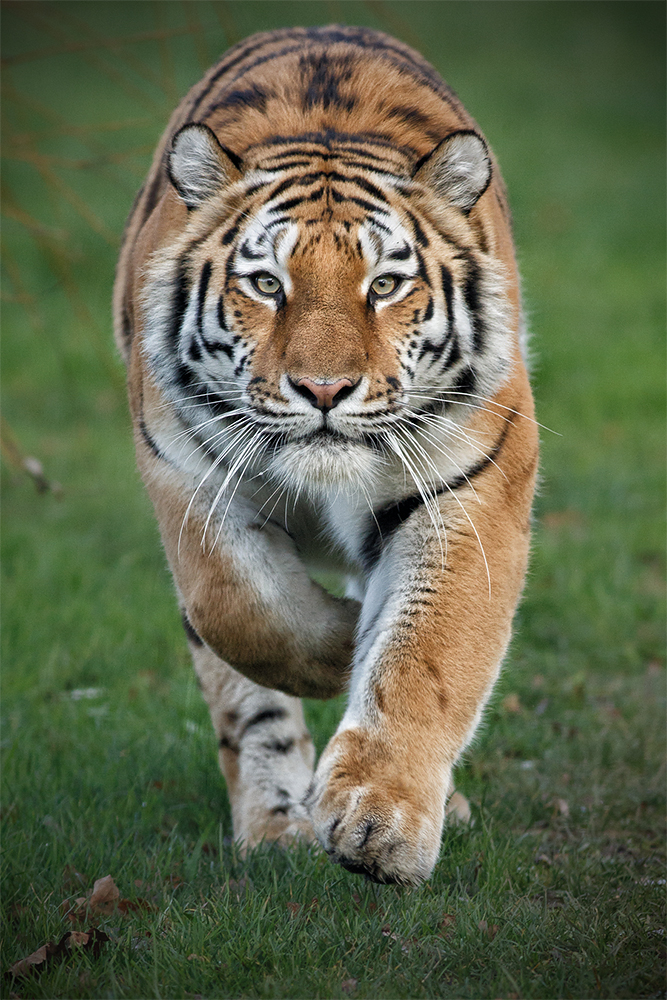Why tigers don’t attack on safari
A CAPTIVE Tigress!
I am often asked why wild animals such as tiger’s don’t attack in a safari situation. Everyone has seen the video of a tigress charging at an elephant and mahout, but not many are totally aware of the actual situation. The tigress was approached in a field in order to be darted then relocated. However unknown to the forestry commission, she had cubs and executed a defensive attack.
The probable reasons why tigers don’t attack are complex, but short of reading their minds there is no definitive answer. Each animal is unique in terms of personality and there are multiple factors involved and many things we should consider:
Regular Prey
We are not their regular prey. Nowadays, humans are not on a tigers menu. For the energy they need to expend in a hunt, it is more viable to bring something worthwhile down, such as a sambar deer. However, they are also opportunists which is why we need to ensure we follow park rules.
Innate fear of humans
There is a theory that tigers see us as super predators from the days of sport shooting. I have seen some tigresses assess a situation in which humans are present and guide her cubs away and therefore teach them to keep their distance from these strange upright apes! Tigers actually want to avoid conflict as even a minor injury would result in less efficient hunts.
What we can do
Maintaining outline of jeep
It is believed that when in a jeep, a tiger see’s us as an appendage of something too big to bring down. We forget that their thoughts and minds differ from ours and are easy to measure them against our own standards.
Space
Give the animal space. I always wherever possible back off and give the animal the choice to approach us, not the other way round, and when you give them the decision we are in-turn given some lovely photographic opportunities.
Park Rules
We should always abide by park rules. These include not getting out of the jeep, using mobiles and remaining quiet during an encounter.
Watch the behaviour
We need to watch and analyse the behaviour, animals give warnings and we need to be sure to heed these. With a tiger, I watch the ears, the movement of the tail,the posture, snarling etc. If the animal is tense we give them a wide berth or move on to another area.
Analyse the situation
Perhaps the worst thing one can do is get in between a mother and cub, this is sure to end badly. There should always be plenty of options for the animal to move away should they want to. This is why I prefer seeking out tigers that are not under the pressure of multiple jeeps.
Know your individuals
Most tigers in the core zones of Tadoba are used to jeeps and even people on foot (not that we will be!)! These individuals habituated to jeeps through time.
Trust the guide and driver
If it’s time to move on we should move on and not place a photograph above the subject. Tigers are actually more intelligent than we give credit for, and they can sense if we are acting in a threatening manner.
Dress appropriately
We should wear neutral coloured clothing and avoid any strong perfumes or aftershaves!
Hope this starts to answer part of a difficult question.
Research
Some useful papers on tigers can be found by clicking here.


